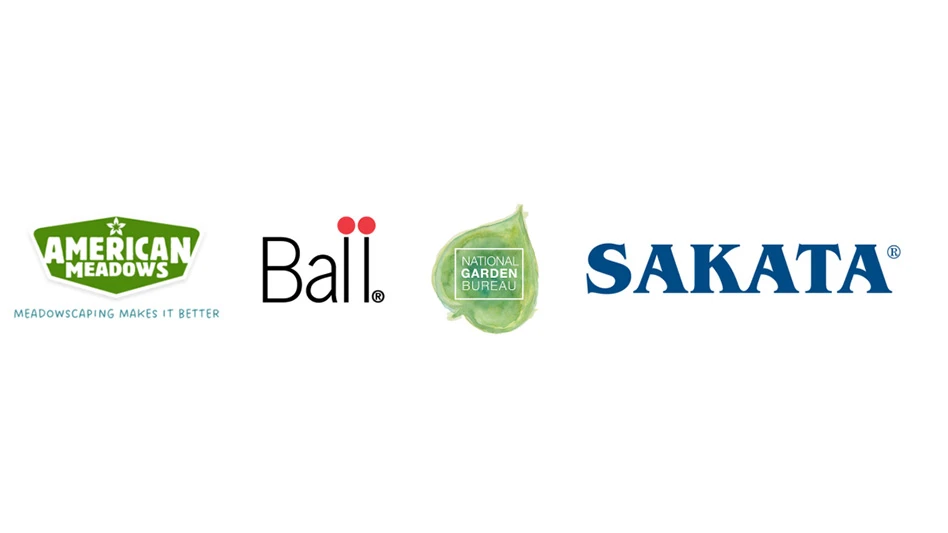.jpg) If your customers knew that growing plants indoors had benefits for them besides superficial beauty, would that lead to more sales? People tend to give more value to things with multiple functions, and those that have “improved health” attributes associated with them are sure attention-getters.
If your customers knew that growing plants indoors had benefits for them besides superficial beauty, would that lead to more sales? People tend to give more value to things with multiple functions, and those that have “improved health” attributes associated with them are sure attention-getters.
Houseplants have historically been met with mixed reactions by gardeners, enjoying (or suffering) a love ‘em or hate ‘em sort of attitude. Often an avid outdoor gardener can be anti-houseplant, citing brown thumbs when it comes to growing plants inside, in spite of the fact that the ability to grow healthy houseplants improves with outdoor gardening experience.
Maybe they need help seeing houseplants in a different light. We know that having plants in our immediate environment has many benefits, but do your customers? Do they know just how beneficial for their health they can be?
Houseplants filter the air. Studies by NASA have determined that certain houseplants can help rid the air of toxins such as formaldehyde, benzene, and trichloroethylene. The studies were originally conducted in an effort to find ways to purify the air in space stations, but they also found that they were beneficial in combating stale air in enclosed office spaces where windows were sealed and air was being recirculated.
Common houseplants that filter the air include Spathiphyllum, Sansevieria, Dracaena and Hedera helix, among others. This can be particularly helpful to people with allergies. To be effective, a minimum of one large or two small houseplants per 100 square feet of inhabited space is recommended.
 Houseplants produce oxygen. If your customers have taken science class, they know that plants produce oxygen, but maybe they’ve forgotten this important fact. Certain plants are very good at it, such as Boston ferns, Philodendron, Aglaonema, and spider plants (Chlorophytum). Again, one large plant or two small ones for every 100 square feet of living space will do the job.
Houseplants produce oxygen. If your customers have taken science class, they know that plants produce oxygen, but maybe they’ve forgotten this important fact. Certain plants are very good at it, such as Boston ferns, Philodendron, Aglaonema, and spider plants (Chlorophytum). Again, one large plant or two small ones for every 100 square feet of living space will do the job.
Houseplants improve our mood. There’s a theory called biophilia that says there is something innate to humans that we have a need to commune with nature, or at least have access to it on some level, whether it’s merely photographs on the wall or a plant on our windowsill or desk. People often take walks to clear their minds and many will specifically choose a park or garden as the place to do it. Spending time with nature can relieve stress, and it’s been proven that plants in our workplace or home can do the same thing. It’s not exactly known why, they just do.
Houseplants increase productivity. There have been other studies that have proven that employees who have live plants in their work environment are more productive. This may be connected to improved mood, because happy people generally feel better about their work and life in general. This is equally important in our home environment, where we also want to be productive, most especially if we’re part of the ever increasing numbers of people making a living by working at home.
Houseplants increase humidity. People are generally healthier if their environment has an optimum humidity level. Dry air can aggravate certain illnesses such as respiratory infections and conditions like dry skin. Since one of the processes that living plants are involved in is transpiration, adding several plants grouped together to the living or work space can effectively add humidity to the air. Plants themselves will be healthier if they have housemates in close proximity to one another as well.
When you consider all these things, it’s hard to understand why anyone wouldn’t want a couple of houseplants. Communicating the benefits to your customers may change their perception of houseplants, which in turn can mean an increase in the bottom line when it comes to sales. With a large palette of plants suitable for growing indoors, houseplants are multitaskers working quietly in the background, enhancing not just the appearance of the environment, but the health and mood of those who are in it.
Kylee is a freelance writer and the co-author of Indoor Plant Decor: The Design Stylebook For Houseplants. She gardens inside and out on an acre in Northwest Ohio.

Explore the June 2014 Issue
Check out more from this issue and find your next story to read.
Latest from Garden Center
- Pennsylvania Horticultural Society announces 2025 Gold Medal Plant winners
- How are microplastics affecting plant photosynthesis?
- A nation of gardeners: A history of the British horticulture industry
- Iowa plant supplier Plantpeddler building retail complex
- The HC Companies, Classic Home & Garden merge as Growscape
- Terra Nova releases new echinacea variety, 'Fringe Festival'
- Eason Horticultural Resources will now officially be known as EHR
- ScottsMiracle-Gro transfers cannabis subsidiary to focus on core lawn and garden business





